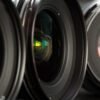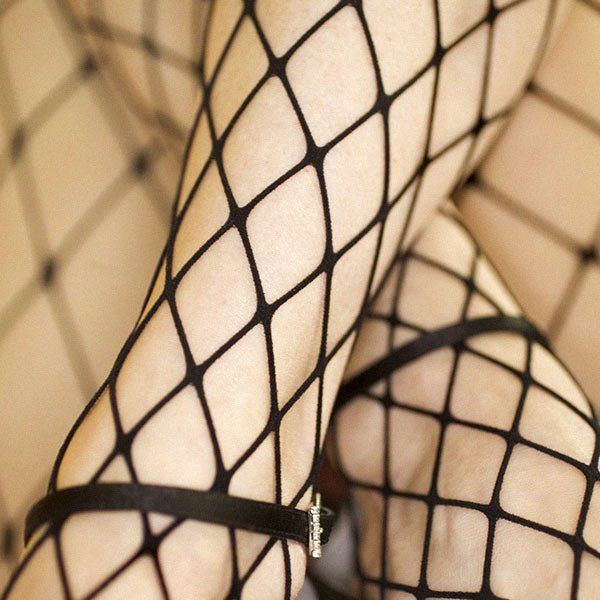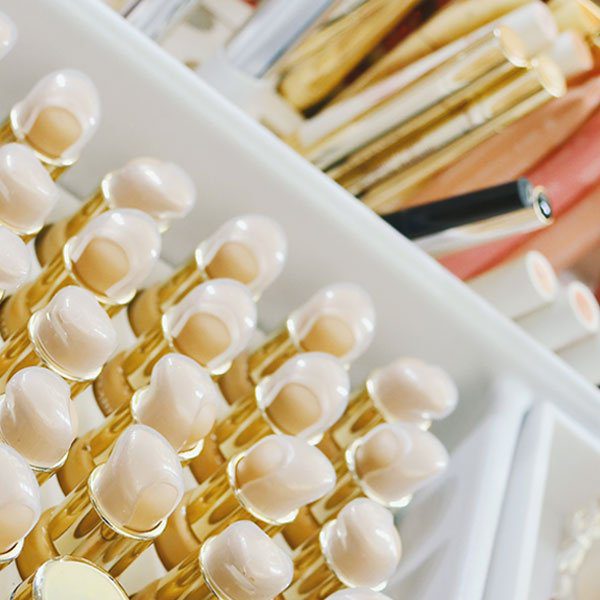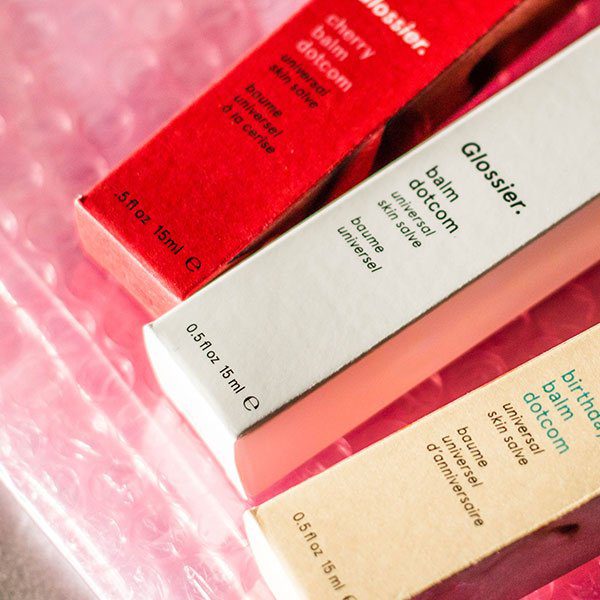
The Magic of Aperture: Transforming Boudoir Photography
n the vast universe of photography, if there's one element that acts as the heartbeat of an image, it's the aperture. Much like how our pupils dilate or contract in response to light, the aperture controls the amount of light entering the camera, laying the foundation for the final image. It's a gateway, and the size of this gateway can redefine the mood, focus, and narrative of a photograph.
“In photography, precise settings turn snapshots into art. From aperture to white balance, every tweak captures the moment’s heart. Dive into the artistry of camera configurations and elevate your captures.”
Elevating Boudoir: From the Simple to the Sublime
When we think of boudoir photography, we envision intimate, sultry, and evocative images that tell a story without words. Here, aperture isn’t just a technical tool; it’s an artist’s brush. By fine-tuning aperture settings, a boudoir photographer can elevate an image from a mere photograph to a sensual artwork. It’s the difference between a snapshot and a moment frozen in time, radiating emotion, sensuality, and a touch of mystery. As we journey further into the world of aperture in boudoir, prepare to see how this small adjustment can create sweeping changes, transforming the ordinary into the absolutely mesmerizing.


A Deep Dive into Aperture: The Window to Photographic Excellence
Aperture Unveiled: The Lens’s Eye
Imagine the human eye. Just as our pupils widen or narrow based on the amount of light we’re exposed to, the aperture acts similarly for a camera. At its core, the aperture is the adjustable opening or window in the lens that dictates how much light enters the camera. It’s the eye of the camera, and its adjustments can create a vast array of visual effects, defining the clarity, mood, and emotion of the resultant photograph.
Deciphering the Language of Aperture: The World of F-stops
As we delve deeper into the language of photography, we encounter the term “f-stop,” which can seem mystifying at first glance. However, in essence, it’s the numerical representation of the aperture size. An f-stop, like f/1.8 or f/8, determines the size of the aperture opening. A smaller f-stop number, such as f/1.8, indicates a larger aperture (or opening), allowing more light to enter, while a larger f-stop number like f/8 suggests a smaller aperture. By understanding and mastering f-stops, photographers gain the ability to manipulate depth, focus, and even the story that each image tells.

The Depth of Field: Painting Emotion in Boudoir Photography
Understanding Depth of Field: The Canvas of Clarity
In the vast arena of photography, Depth of Field (DOF) stands as a critical concept, defining the range within an image that is sharply in focus. Think of it as the stretch of the photograph where clarity reigns, from the closest subject that appears sharp to the farthest. In boudoir photography, the Depth of Field is akin to the artist’s brush stroke, painting focus and blur to evoke certain emotions and tell a particular story.
Controlling the Narrative with Aperture: Storytelling Through Sharpness and Blur
In boudoir, each image isn’t just a photo—it’s a tale of intimacy, power, vulnerability, and celebration. By manipulating the aperture, photographers have the powerful tool of Depth of Field at their disposal to steer this narrative in the direction they desire.
Wide Aperture: The Mesmeric Dance of Blur and Focus
By using a wide aperture, like f/1.8 or f/2.8, photographers can create a shallow DOF. This results in a tantalizing play of sharpness against a blurred backdrop. The effect? The subject, perhaps a curve, an expression, or a delicate piece of fabric, pops against an ethereal background, adding layers of intimacy and sensuality to the image. In boudoir, this technique is a whisper, drawing the viewer closer to the unveiled story of the subject.
Narrow Aperture: The Beauty of the Broader Tale
On the flip side, a narrower aperture, such as f/8 or f/11, broadens the DOF. Here, more elements spring to life, sharply in focus, letting the surroundings tell their tales too. In boudoir photography, this is the open book approach, letting the viewer take in not just the subject, but the entire atmosphere, the setting, the props—each becoming a part of the narrative, adding depth, context, and a wider perspective to the story being told.
Mood Creation and Atmospheric Settings: The Symphony of Aperture in Boudoir
Aperture: More Than Just a Technical Setting – The Emotional Maestro
While the technicalities of aperture are indeed influential, in the hands of a seasoned boudoir photographer, it evolves into something far more profound—an instrument to evoke emotions. Aperture, in its various settings, acts as the maestro, directing the symphony of light, focus, and blur to stir feelings, resonate with moods, and create unforgettable atmospheres in every frame.

Wide Aperture: The Delicate Dance of Bokeh
Harnessing a wide aperture isn’t just about achieving a shallow DOF; it’s about creating art. When paired with the right lighting, a wide aperture can birth soft, dreamy bokeh—a sprinkle of blurred light points dancing in the background. In boudoir, this bokeh becomes the gentle caress of romance, a gossamer touch that wraps the subject in a dreamy cocoon of sensuality and affection. It’s the poetry in motion, turning each photograph into a love letter written in light.
Narrow Aperture: Every Detail, A Chapter of Its Own
Switching gears, a narrow aperture dives deep, capturing every nuance, every detail, and every story within the frame. It’s the grand storyteller, ensuring that every corner of the setting contributes to the narrative. Whether it’s the intricate lace on a piece of lingerie, the detailed patterns on the bedspread, or the texture of the vintage wallpaper—each becomes a character in the unfolding drama of the boudoir session. This approach paints a holistic picture, where the subject and the surroundings dance together in a ballet of beauty, story, and emotion.
Mastering Light in Boudoir Photography with Aperture: Crafting Visual Symphonies
Wide Aperture: Embracing the Ethereal in Dim Settings
In scenarios where light is scarce or purposely muted for ambiance, a wide aperture comes to the rescue. Opening up the lens wide, it beckons the available light, drawing it in generously. This not only brightens the scene but also accentuates the softness and ethereality of the setting. The resulting images are often bathed in a gentle luminosity, emphasizing the intimate, hushed moments that define boudoir photography. It’s the gentle whisper of secrets, the soft sighs of romance captured with every click.
Narrow Aperture: Sculpting Drama in the Brilliance of Light
When the stage is awash with brightness—whether from natural daylight streaming through sheer curtains or from strategically placed studio lights—a narrow aperture becomes the photographer’s trusted ally. By limiting the influx of light, it ensures that the scene doesn’t get overexposed. More than that, it offers the chance to craft vivid contrasts, where shadows carve out spaces, textures stand pronounced, and the play of light becomes a theatrical display. This setting tells tales of boldness, of clarity, and of stories that demand attention in their every intricate detail.

Techniques for Enhanced Creative Focus: Crafting Narratives with Precision
Selective Focus: Choreographing the Viewer’s Gaze
In the vast canvas of a photograph, there are tales waiting to be told, and it is the photographer’s privilege and challenge to direct the viewer’s gaze. One of the most potent tools in their arsenal is selective focus. This technique isn’t just about blurring backgrounds; it’s about crafting deliberate visual storylines, making intentional choices about what stays sharp and what fades into softness. It’s about orchestrating where the eyes linger and where they fleetingly pass.
The Subtle Dance of Attraction in Boudoir Photography
Boudoir isn’t merely about overt sensuality; it’s about the whispers of allure, the unspoken moments, the details that make hearts race. By employing selective focus techniques, a photographer can draw attention to the delicate lacework of lingerie, the soft curve of a collarbone, or the intense gaze in the model’s eyes. These focal points, sharp against a dreamy backdrop, become the anchors of the narrative. They are the elements that evoke emotion, kindle desire, and encapsulate the nuanced beauty of boudoir photography. Through the deft use of aperture and focus, photographers turn these subtle elements into powerful statements of attraction, intimacy, and empowerment.
Conclusion: The Symphony of Aperture in Boudoir Photography
Unraveling the Enigma of Aperture’s Power
At its core, boudoir photography is a cocktail of light, emotion, and artistry. While the subject and composition undeniably play pivotal roles, it is the intricate nuances of aperture that transform a simple image into an ethereal masterpiece. Aperture isn’t just a technical setting on a camera; it is the gateway to the soul of a photograph. By dictating depth, focus, mood, and light, it allows photographers to weave tales of intimacy, confidence, and allure.
An Invitation to Paint Narratives with Light and Focus
Every boudoir photographer, whether seasoned or budding, possesses a unique vision. The true magic unfolds when this vision is paired with an in-depth understanding of tools like aperture. As you venture deeper into the realm of boudoir photography, consider aperture as not just a setting but as your collaborator in storytelling. Experiment with its breadth, play with its subtleties, and let each click of your shutter capture a narrative as vivid as a canvas painting. Embrace aperture’s vast capabilities, and allow your boudoir images to resonate with emotions, stories, and timeless beauty.









